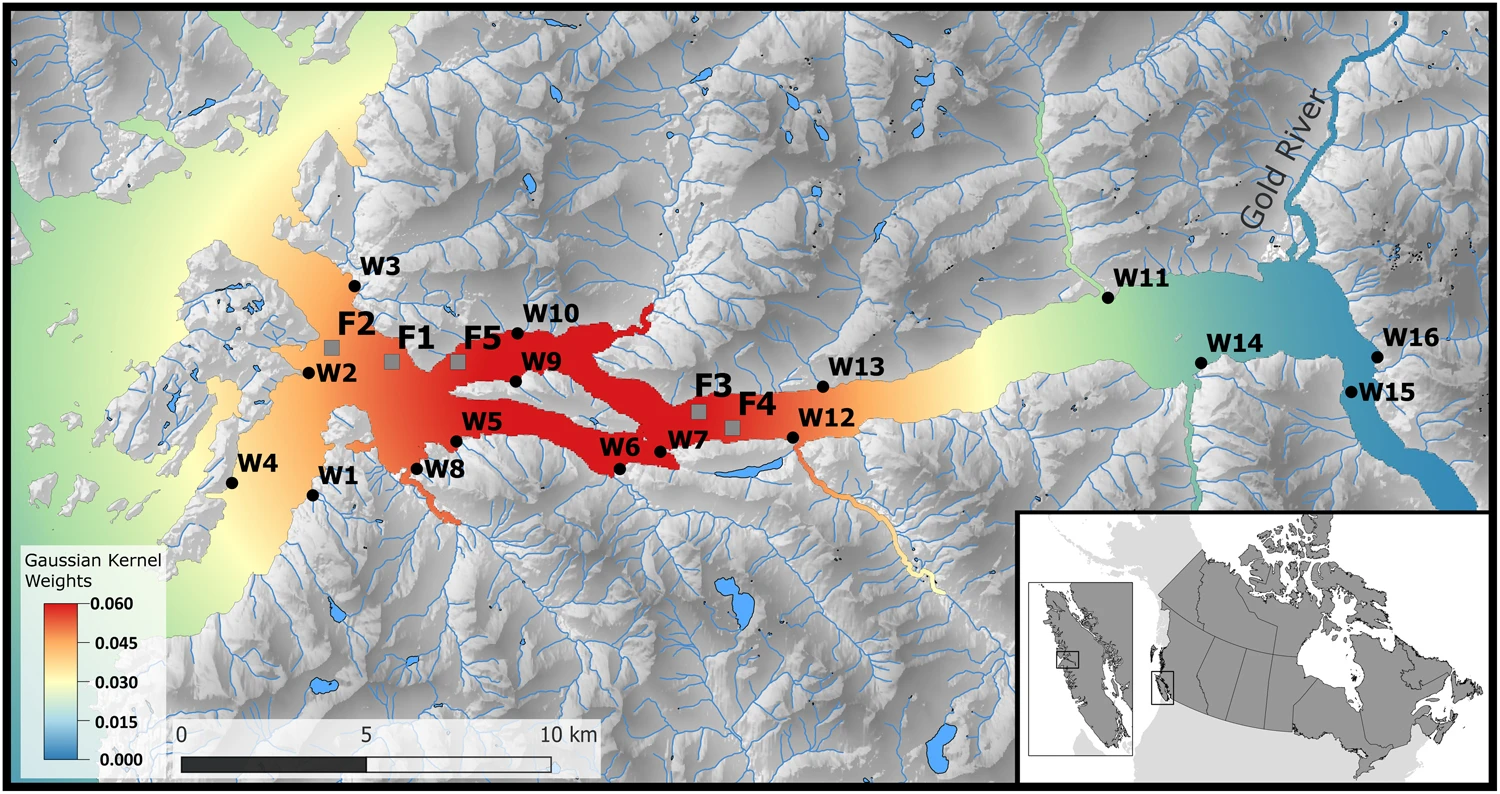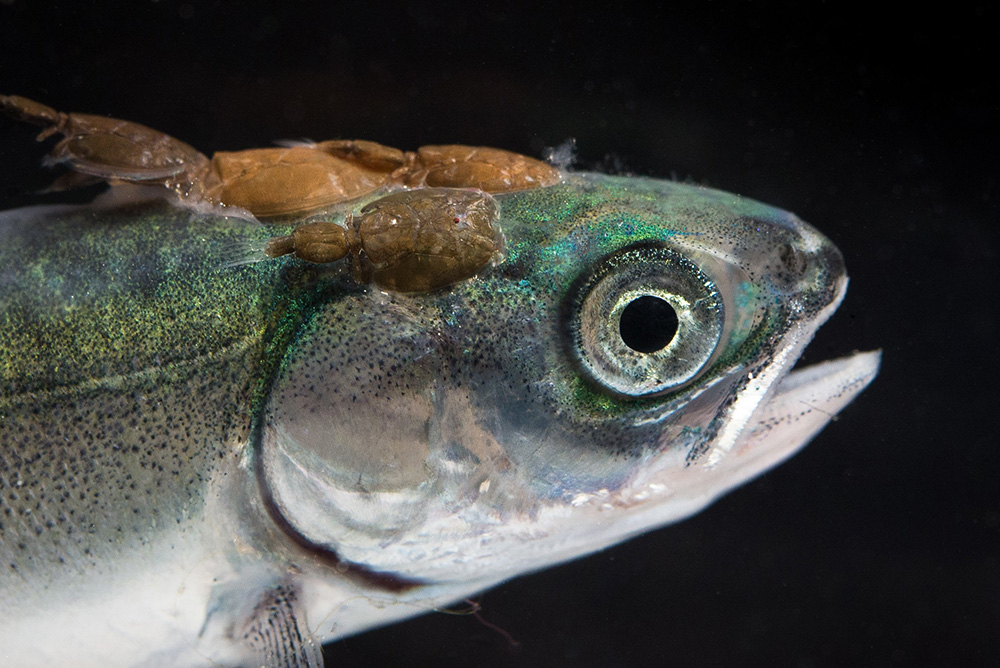The conversation posed by WMY in post #18 opens up the conversation about where concentrated open (the "open" part is my concern, not aquaculture in general) net pens operations are in relation to the risks of outmigrating smolts. Risks - outside of DFO's compromised function of protecting and advocating on behalf of that industry rather than protecting wild stocks - assess risk as a combination of accepted/prohibitive consequence levels and anticipated number of interactions (AKA likelihood) - e.g.
Exposure Quantification and/or
Dose-Response Analysis. If we have no smolts (which is where we seem to be headed) or ignore their interactions entirely with net cage plumes - there is
"miminal risk" (drum roll please)
. Interesting how that works. Interesting how scientifically valid, accepted and already utilized risk management is
NOT used in siting criteria.
Another interesting management tool again
NOT used in risk management to wild stocks from open net-pen operations is defining and monitoring trigger points (or environmental metrics) for the operations to enforce things like maximum sea lice level impacts on adjacent wild smolts. That too is part of risk management - and is also not used.
So building on those earlier comments by WMY - Where are the overlaps in time/space and plumes from the FFs? Where are the concentrations of venerable smolts, anyways - by species? How long are they there? Can DFO track them throughout all their life history stages and sizes? Are they monitored? Are they monitored in real time for sea lice and diseases - esp. when outbreaks occur on adjacent farms? Are metrics developed and looped into scientifically defensible management decisions on the FFs?
Sadly - as far as I know - the answers to all these questions are no. That is why I am currently reluctant about the current management of FF operations in the context of risk reduction to wild stocks.
Not blaming all the woes of our current abysmal downturn in salmon resources on FFs, neither - but back to the question above:
Where are the overlaps in time/space and plumes from the FFs? Which areas need attention?
I'd say another obvious place to have that conversation is Clayoquot Sound and Chinook juvies. Here's the list of
Threatened Chinook (COSEWIC list) from Clayoquot Sound:
CK-31 | West Vancouver Island-South_FA_0.x | Threatened |
CK-32 | West Vancouver Island-Nootka & Kyuquot_FA_0.x | Threatened |
and here's the kind of risk assessment and management that is needed:
https://www.nature.com/articles/s41598-018-22458-8
Locations of the study farms (grey squares; F1–F5) and the sampling sites for wild out-migrating salmon (black circles; W1–W16) within the Muchalat Inlet, BC, Canada, between 2007 and 2016. The west of the inlet opens to the Pacific Ocean. The water surface map is a visual representation of the Gaussian kernel weights, as determined from the five farm locations. The kernel densities were calculated by simulating a point process to represent a kernel density with a 30 km bandwidth. The points were simulated with ‘splancs’ package, and the kernel density surface with ‘spatstat’ package in R version 3.3.2 (
http://www.R-project.org), and the maps were generated with QGIS version 2.18.13 (
http://www.qgis.org).
NOTE: In general, the infestation levels with
L. salmonis on the
study farms were consistently at low levels and did not exceed the threshold regulated by the Fisheries and Oceans Canada (DFO) (i.e., three motile
L. salmonis per fish) over the study period, which indicates the effectiveness of the farm-level control measures in the study region.

 www.psf.ca
www.psf.ca



